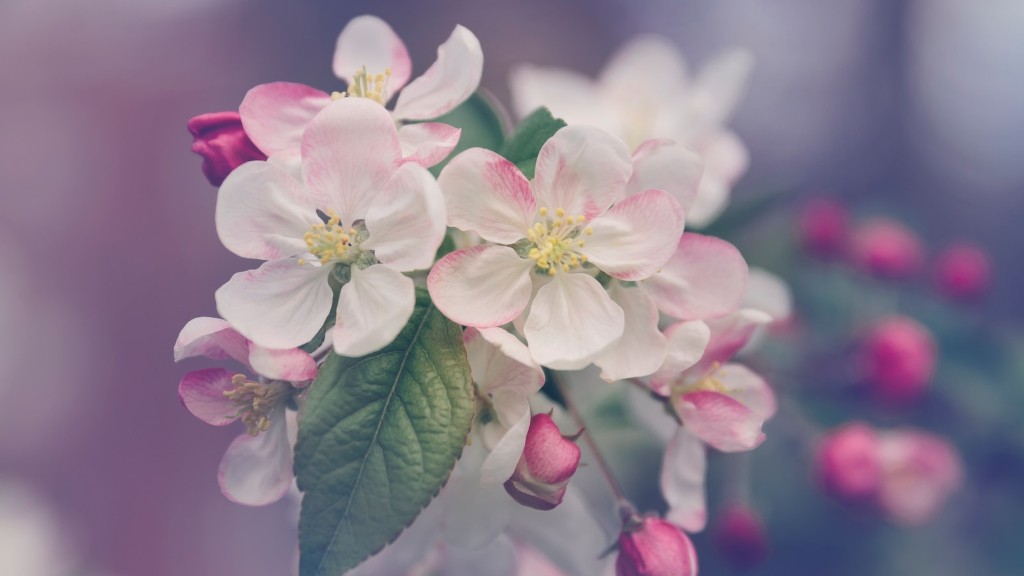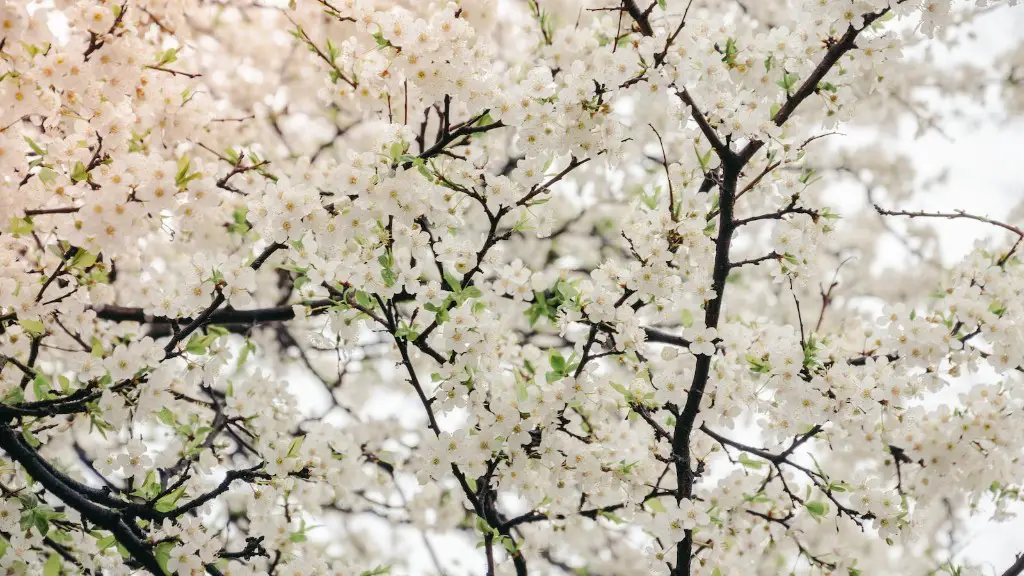Harvesting the Fruits of Nature – How to Plant Montmorency Cherry Tree
Few things bring as much joy and delight as the sight of a ripe, juicy cherry. For centuries, Montmorency cherries have been cherished for their unique flavor and abundant health benefits. A member of the Prunus avium family, Montmorency cherries are found in abundance during the spring and summer months and are recognizable by their oblong shape and ruby-red hue. Planting your own Montmorency cherry tree can be a rewarding experience, providing a year-round harvest of flavorful and nutrient-packed cherries.
Recent studies have shown that Montmorency cherries provide a wealth of vitamins, minerals and antioxidants, including Vitamins A, C, E and fiber. The tart flavor of the cherries is due to the presence of high levels of anthocyanins, which have antioxidant properties that can help reduce inflammation, protect against oxidative stress, and lower the risk of some chronic diseases. Additionally, studies have found that cherries may help improve skin and hair health, promote heart health, and lower blood sugar and cholesterol levels.
Selecting the Right Tree
Choosing the right Montmorency cherry tree for your specific needs is the first step to successful planting. Montmorency cherry trees are available in a variety of sizes, including dwarf, semi-dwarf and standard. Dwarf trees are the shortest, growing to a height of just 8 feet, while standard trees can reach heights of up to 25 feet. Select a tree based on the amount of space you have available, as well as how much sunlight your potential planting site receives.
When purchasing a Montmorency cherry tree, look for a healthy tree with strong branches and no signs of disease or pests. While it is not always possible to inspect the tree firsthand, reputable nurseries should provide detailed information about their trees and offer a warranty on their products.
Finding a Planting Location
When selecting a planting location for your Montmorency cherry tree, it is important to choose a site that receives at least six hours of direct sunlight per day. The soil should be well-draining, fertile and have a neutral pH level. Avoid overly wet or dry soil, and make sure the tree is not exposed to strong winds, which can cause the branches to break. Plant the tree in an area that is protected from extreme temperatures, such as windy or shady corners.
The size and type of tree you have chosen will determine the size of the hole you will need to dig. Generally, the hole should be twice the size of the tree’s root ball. Once you have determined the size of the hole, you can begin digging and preparing the soil. Make sure to mix in some compost or fertilizer before planting.
Planting the Montmorency Cherry Tree
Once you have your tree and the hole is prepared, you are ready to begin planting. To do this, place the tree in the hole and spread the roots evenly throughout. Backfill the hole with the same soil mixture you removed earlier. Pack the soil with your hands until it is firmly around the tree. Water the soil until it is saturated, and then add additional soil or mulch to the area around the tree for insulation.
It is important to remember to keep your newly planted Montmorency cherry tree well-watered throughout the spring and summer months. During the first year of growth, water the tree twice a week, allowing the soil to dry between each watering. As the tree matures, you may need to increase waterings during especially dry and hot summers. Additionally, consider adding a layer of mulch around the base to reduce moisture loss from the soil.
Providing Nutrients and Pruning
As your Montmorency cherry tree grows, it will require additional nutrients to remain vigorous and productive. Provide an annual application of organic fertilizer or compost in the spring, before the tree blooms. After the fruit is harvested, the tree will need to be pruned to keep it healthy and to ensure the next year’s harvest is plentiful. Pruning should be done in the late winter when the tree is dormant. This helps promote good air circulation and shape the tree to encourage better fruit production.
Recognizing and Treating Disease and Pests
Although Montmorency cherry trees are generally hardy and pest-resistant, they should be monitored for signs of disease or damage. Common signs of disease include wilting leaves, discoloration and branch dieback. Treating disease early is essential to prevent spreading. Depending on the severity of the disease, insecticides, fungicides or other treatments may be necessary.
It is also important to monitor your Montmorency cherry tree for signs of pests, such as caterpillars, mites and aphids. If left unchecked, these pests can quickly consume the tender foliage or spread disease. To treat infestations, use a combination of insecticide and insecticidal soap, taking care to follow all product instructions.
Harvesting the Fruits of Your Labor
Montmorency cherries are ready for harvesting in late spring to early summer, typically around June to July. To ensure a good harvest, inspect your tree frequently for signs of disease, pests or other damage. The cherries should be left on the tree to ripen, as immature fruits do not taste as sweet. Slice a few cherries open and watch carefully for a pink or red color before harvesting.
Harvesting cherries can be difficult, as the fruit is delicate and can easily be bruised or broken. Consider investing in a pair of soft, rubber-coated picking shears. Alternatively, you can use your hands to pluck the cherries off the tree, but exercise caution to avoid crushing the fruit.
Storing, Preserving and Enjoying
Once your Montmorency cherry tree has been harvested, it is time to store and preserve the cherries. Place freshly-picked cherries in an airtight container in the refrigerator, consuming them within a few days. For longer-term storage, cherries can be frozen or canned. Additionally, consider making jams, jellies, pies, or other treats with your harvest for a year-round taste of summer.
Planting and nurturing a Montmorency cherry tree can be an incredibly rewarding experience. By following the simple steps outlined here, you can proudly reap the fruit of your labor and enjoy the nutritional and flavorful benefits of homegrown cherries.

